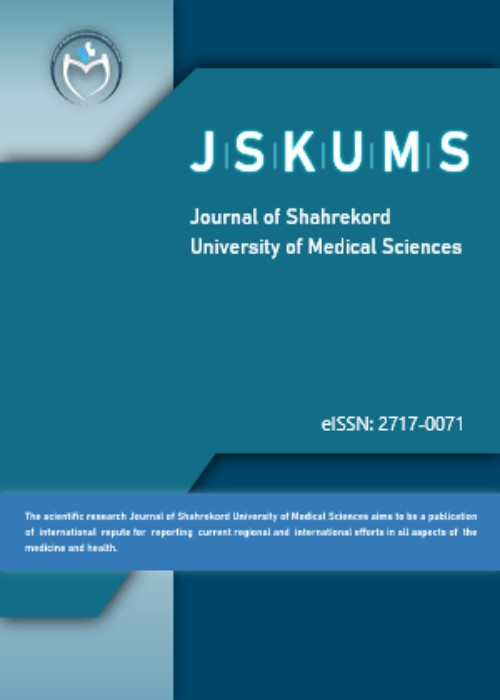The cardiovascular effects of inspired oxygen fraction in patients undergoing on-pump coronary artery surgery
Author(s):
Abstract:
Background And Aim
Increased inspired oxygen fraction (FiO2) has significant negative hemodynamic effects in conscious volunteers. The aspiratory gas during open heart surgery with on-pump technique usually consists of 100% oxygen without any N2O because of the risks of bubble embolism during these procedures. We sought to establish the effected of inspired pure oxygen in comparison to 50% oxygen in patients. During anesthesia in cardiac coronary bypass surgery. Method
In a clinical trial study, sixty adult patients (40-70 y/o) with ASA II or III undergoing elective on-pump coronary artery bypass were elected. They received either a mixture of 50% O2 with 50% air (case group=30) or 100% of oxygen (control group=30) throughout the anesthesia. Cardiac index (CI) was measured by non invasive cardiac output (NICO) technique using end tidal PCO2. Measurements of systolic, diastolic and mean blood pressure as well as heart rate (HR) and central venous pressure (CVP), PaO2, arterial PH and CI were obtained at pre-bypass, post bypass, end of surgery and 2 hours after ICU admission. Intra operative requirements for isotropic drugs were also evaluated. Data were analyzed by SPSS software using X2, t, ANOVA and ManWithny tests, P<0.05 was considered as significant. Results
No differences were found between the two groups with regard to age, sex pump time, operation time and body mass index and preoperative ejection fraction (EF). The mean values of systolic, diastolic and mean blood pressure as well as HR and CI were similar in the case and control groups (P>0.05) at all times of measurement. The control group required more isotropic drug support than the case group (16 vs. 8 patients respectively; P<0.05). Likewise, the mean CVP was higher in the control group compared with the case group (P<0.05). Conclusion
Hyperoxia increases CVP and isotropic requirements during cardiac surgery in anaesthetized patients. Therefore, exposing patients during and after coronary artery surgery to hyperoxia induces significant hemodynamic change as which require more extensive studies with invasive CI measurements and larger groups.Language:
Persian
Published:
Journal of Shahrekord University of Medical Sciences, Volume:10 Issue: 2, 2008
Page:
13
magiran.com/p544182
دانلود و مطالعه متن این مقاله با یکی از روشهای زیر امکان پذیر است:
اشتراک شخصی
با عضویت و پرداخت آنلاین حق اشتراک یکساله به مبلغ 1,390,000ريال میتوانید 70 عنوان مطلب دانلود کنید!
اشتراک سازمانی
به کتابخانه دانشگاه یا محل کار خود پیشنهاد کنید تا اشتراک سازمانی این پایگاه را برای دسترسی نامحدود همه کاربران به متن مطالب تهیه نمایند!
توجه!
- حق عضویت دریافتی صرف حمایت از نشریات عضو و نگهداری، تکمیل و توسعه مگیران میشود.
- پرداخت حق اشتراک و دانلود مقالات اجازه بازنشر آن در سایر رسانههای چاپی و دیجیتال را به کاربر نمیدهد.
In order to view content subscription is required
Personal subscription
Subscribe magiran.com for 70 € euros via PayPal and download 70 articles during a year.
Organization subscription
Please contact us to subscribe your university or library for unlimited access!


